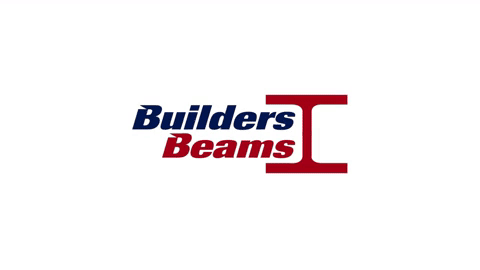The integrity of a welding joint is not solely dependent on the skill of the welder or the quality of the welding materials used; it is profoundly influenced by the condition of the surfaces being welded. Surface contaminants such as oil, rust, moisture, and dirt play a significant role in determining the success or failure of a weld.
Impact of Surface Contaminants
- Oil and Grease: These substances can create a barrier between the welding material and the base metal, leading to poor adhesion and potential weld defects. They can also generate harmful gases when subjected to the high temperatures of welding, compromising the welder’s health.
- Rust: Rust on the welding surface can cause porosity in the weld, creating tiny holes within the weld bead that weaken its overall strength. Rust also hinders the flow of the weld pool, leading to uneven welds.
- Moisture: The presence of moisture can lead to hydrogen-induced cracking. When moisture is present during welding, it decomposes, releasing hydrogen into the weld pool. This hydrogen can get trapped in the weld as it cools and solidifies, leading to internal cracks.
- Dirt and Other Particulates: Dirt and other particulates can cause inclusions in the weld, which are small particles of foreign material trapped within the weld metal. These inclusions weaken the structural integrity of the weld.
Enhancing Weld Strength and Durability Through Preparation
Proper surface preparation removes these contaminants, ensuring that the welding material and the base metal can fuse without interference. Clean, well-prepared surfaces allow for better penetration and fusion of the weld, leading to stronger, more reliable joints. The removal of surface impurities ensures a clean, consistent weld pool, resulting in a smoother and more uniform weld bead.
Risks Associated with Poor Surface Preparation
- Weak Welds: Contaminants can prevent proper fusion between the weld metal and the base metal, resulting in weak welds that are prone to failure under stress.
- Corrosion: Contaminants like rust can lead to accelerated corrosion of both the weld and the surrounding metal, reducing the lifespan of the welded structure.
- Weld Failure: In critical applications, such as in structural components or pressure vessels, the failure of a weld due to poor surface preparation can have catastrophic consequences, risking both property and human life.
In conclusion, the importance of surface preparation in welding cannot be overstated. It is a vital step that directly impacts the quality, strength, and safety of the welded joint. Ignoring or rushing through this process can lead to severe implications, emphasizing why meticulous surface preparation is a cornerstone of excellence in steel welding.
Categories
Archives
- April 2024 (5)
- March 2024 (2)
- February 2024 (1)
- January 2024 (3)
- December 2023 (2)
- November 2023 (1)
- September 2023 (4)
- August 2023 (3)
- July 2023 (1)
- June 2023 (7)
- May 2023 (2)
- April 2023 (14)
- March 2023 (15)
- February 2023 (7)
- January 2023 (6)
- December 2022 (5)
- November 2022 (1)
- October 2022 (4)
- September 2022 (3)
- August 2022 (1)
- July 2022 (2)
- June 2022 (2)
- April 2022 (4)
- March 2022 (1)
- February 2022 (1)
- December 2021 (3)
- March 2021 (2)
- October 2020 (1)
- September 2020 (1)
- July 2020 (1)
- June 2020 (1)
- May 2020 (2)
- April 2020 (2)
- March 2020 (3)
- February 2020 (2)
- January 2020 (1)
- December 2019 (2)
- November 2019 (1)
- October 2019 (1)
- September 2019 (3)
- August 2019 (1)
- July 2019 (4)
- June 2019 (4)
- May 2019 (1)
- April 2019 (4)
- March 2019 (2)
- February 2019 (4)
- January 2019 (4)
- December 2018 (4)
- November 2018 (4)
- October 2018 (5)
- September 2018 (6)



